Exploring Moodiness in Vincent Van Gogh's Sunflowers
A look at how Vincent Van Gogh symbolised different moods in his paintings of Sunflowers.
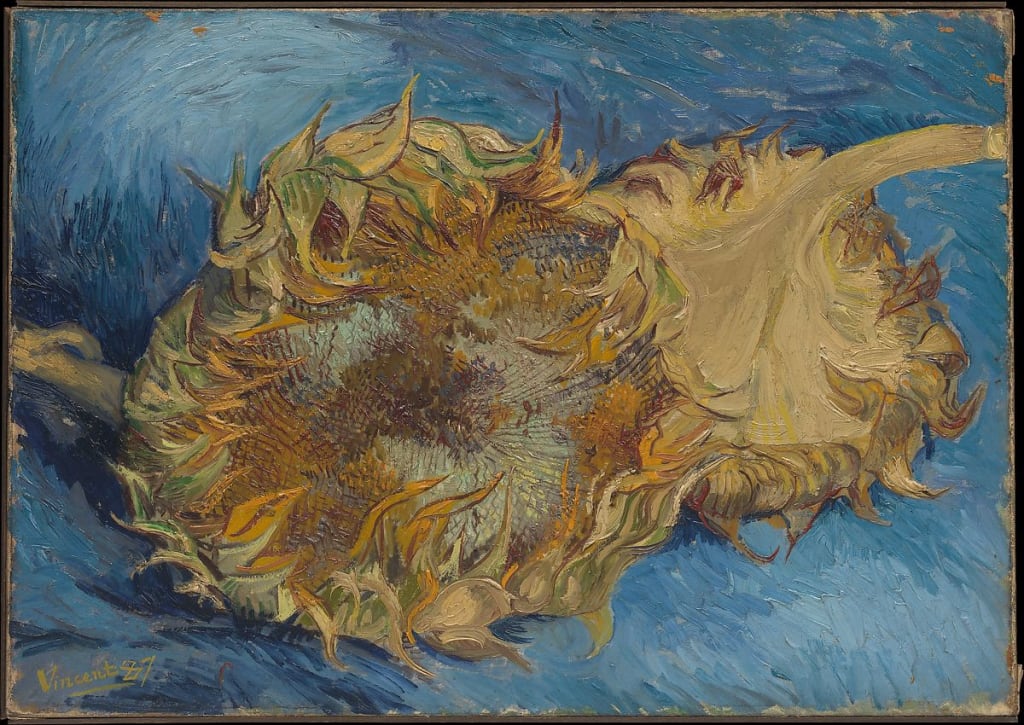
Vincent Van Gogh was a Dutch painter who found fame a century after his death caused by a self-inflicted gunshot wound. He led a troubled life as a struggling artist who suffered from mental health issues and spent some time in an asylum after an altercation with fellow artist, Paul Gauguin, which resulted in his ear being mutilated. He was prone to mood swings, outbursts and often isolated himself from others as outlined by his letter to his brother, Theo. His artworks were not appreciated in his time and he only managed to sell one painting before his death. His paintings now hang in world renowned museums such as the Metropolitan Museum of Art and his works have sold for millions of dollars.
His technique of using bold dramatic brushstrokes added movement to his paintings and expressed emotion. His use of contrasting colours hold the viewer's attention and add dimension to his landscapes and still life paintings. This is demonstrated in his painting "Wheat Field with Cypresses" the bold brushstrokes show the movement of the wind. The dark green cypresses complement the bold yellow wheat field and the light blues in the sky.
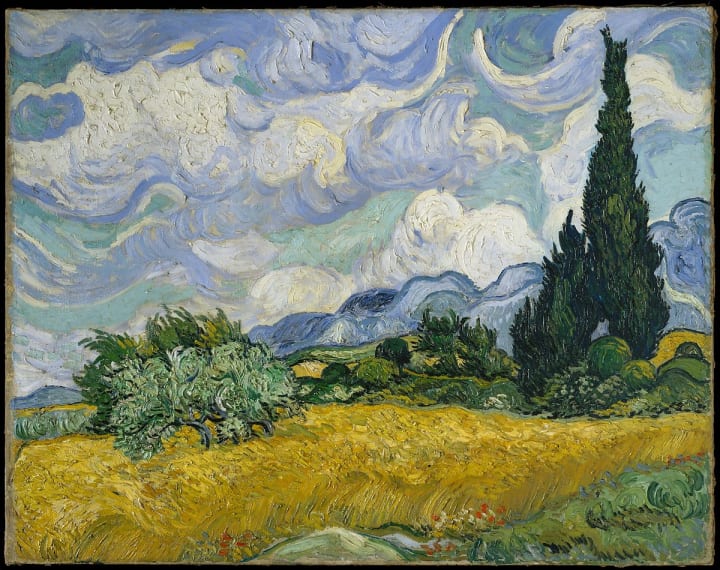
Vincent Van Gogh started painting sunflowers when he moved to France from Holland. He moved to try and find an artistic community he could connect with. The colour yellow and sunflowers themselves are often attributed to symbolising happiness. At the time of painting sunflowers, Vincent Van Gogh was happy, he was excited for his friend and fellow painter Paul Gauguin to join him in Arles, France where he had rented a yellow house and he had even gifted a Sunflower painting to Paul Gauguin. However, the relationship with Paul Gauguin soured due to their different opinions on art and Gaugin's constant criticisms. Van Gogh's idea for an idyllic artistic community had come to an end with the departure of Gauguin and like some of his sunflowers, he started to wilt. Which eventually led to a period where he admitted himself into an asylum where he still continued to paint.
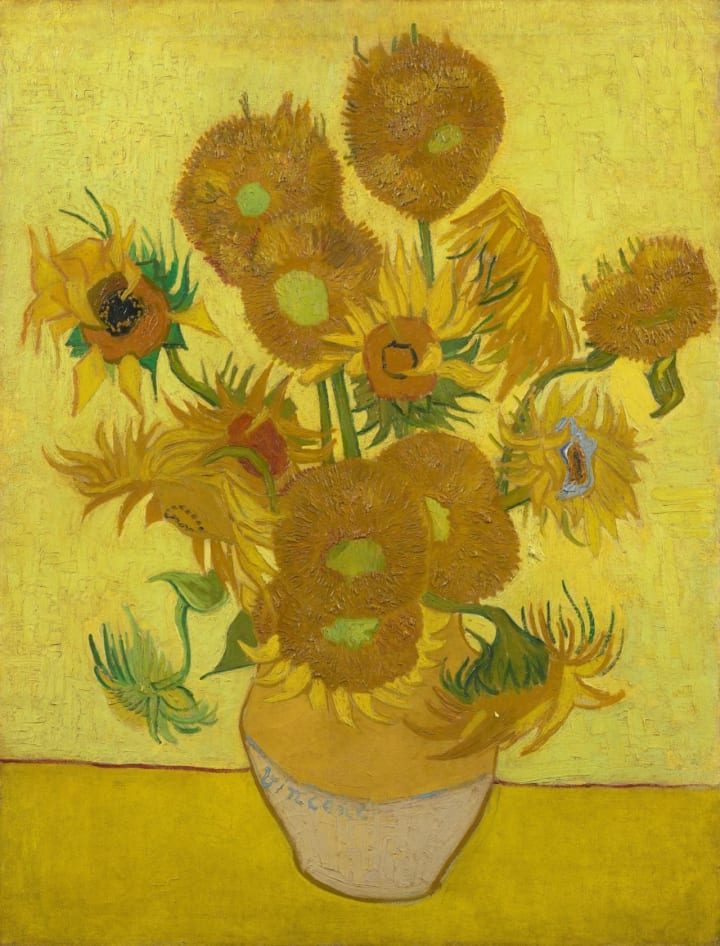
When I look at Van Gogh's sunflowers I think of how each flower represents a different mood. The tall sunflowers represent the energetic moods Van Gogh must have felt where all of his artistic dreams seemed possible. The drooping flowers towards the bottom of the vase represent the low moods Van Gogh must have felt when his art was criticised by his peers or when his friend Paul Gaugin decided to leave Arles. The combination of blossoming and wilting flowers in the vase is a reminder to me not of the cyclical nature of life as many interpretations of this painting suggest but the cyclical nature of our emotions. Happiness is not a destination that can be reached but an emotion that flows like the tide.
Vincent Van Gogh's art was heavily influenced by emotions however his moodiness affected not only his productivity but his ability to connect with other artists and to sell his paintings. I often wonder how Van Gogh would have faired if he had learned to regulate his moods. Emotional regulation is a term used to describe a person's ability to effectively manage their responses to emotional experiences. Instead of choosing to have an emotional outburst when hearing bad news a person may try to employ strategies to help regulate their emotions. These can include self-compassion, self-awareness and adaptability. Self-awareness involves being able to identify the way you are feeling and naming the feeling first before immediately acting upon it. Self-compassion is allowing yourself to relax and carving out some time for relaxation in your day. Adaptability is learning to adapt to situations instead of avoiding them or making changes to plans. I believe Vincent Van Gogh's sunflowers represent the work it takes to stand tall in times of rain, drought and wind and how easy it can be to droop and wilt.
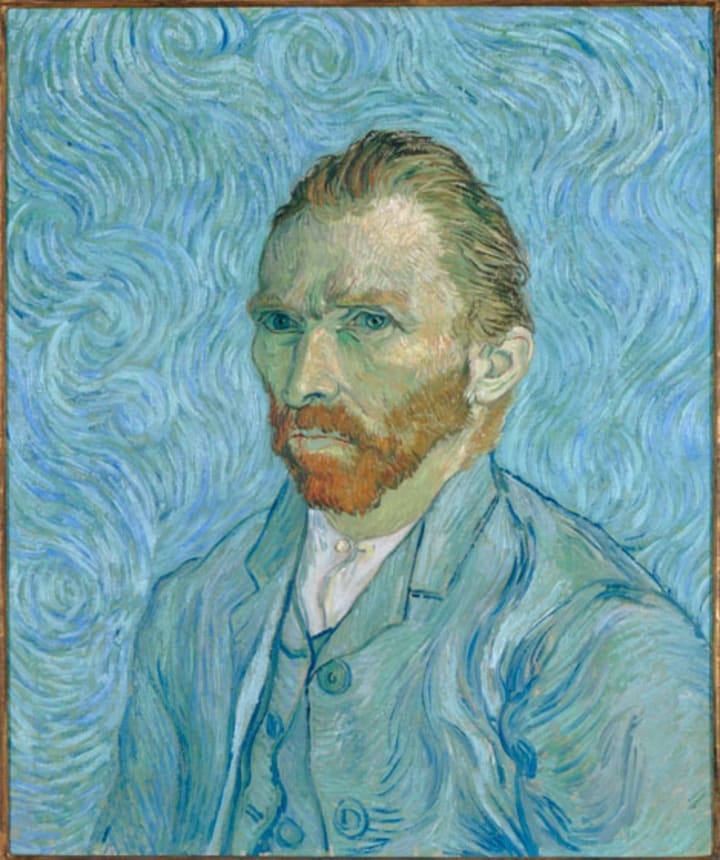
About the Creator
Aashna Woodin
A true critic of pop culture.


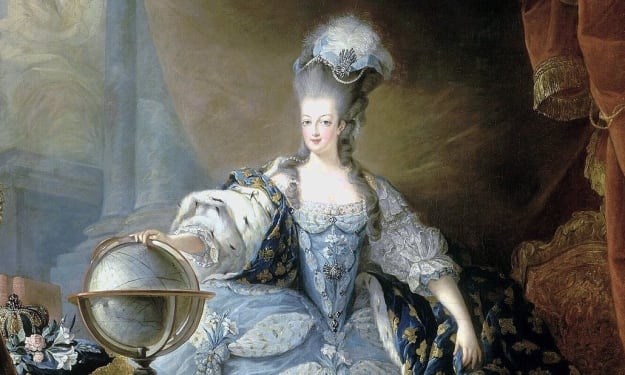

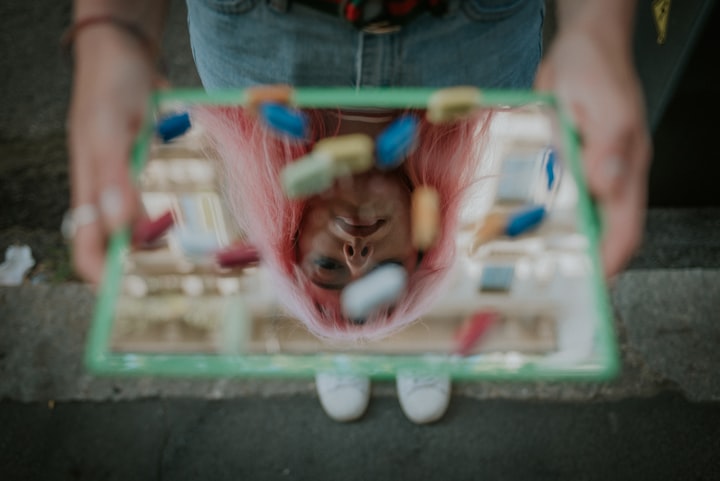

Comments
There are no comments for this story
Be the first to respond and start the conversation.